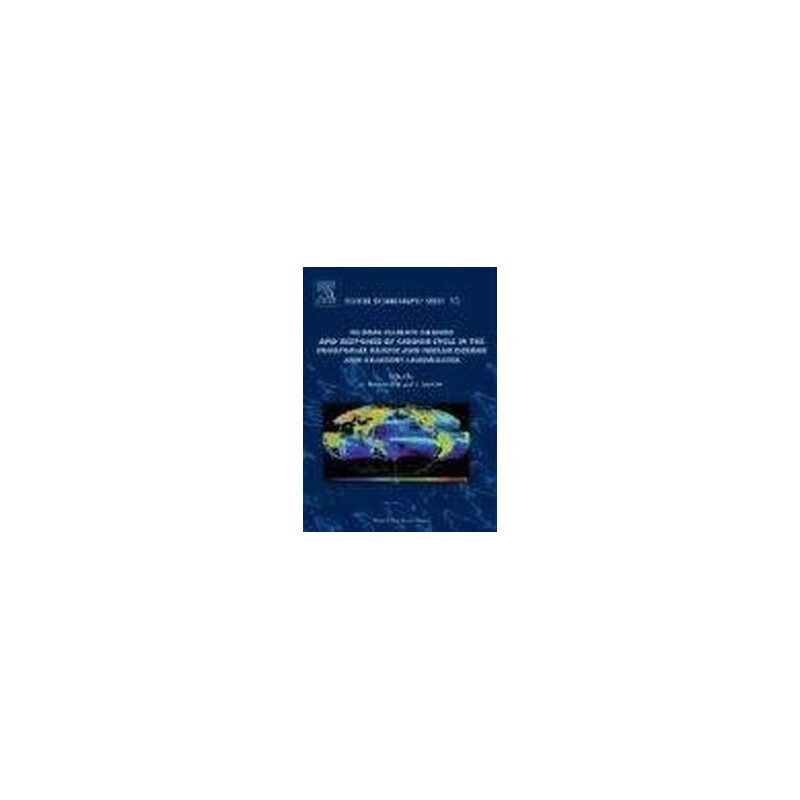- Obecnie brak na stanie



Kabel żeńsko-żeński 16-żyłowy połączeniowy o długości 60 cm. Pololu 973
Brak towaru
Brak towaru
Brak towaru
Generic Linear Actuator with Feedback: 4" Stroke, 12V, 0.6"/s
Brak towaru
Zestaw AVT do samodzielnego montażu sterownika oświetlenia LED sterowanego dowolnym pilotem. AVT3133 B
Brak towaru
Brak towaru
LPG / Isobutane / Propane Gas Sensor MQ-6
Brak towaru
Brak towaru
Wyświetlacz alfanumeryczny OLED Longlife 2x20 znaków, kolor tekstu żółty na czarnym tle. Winstar WEH002002ALPP5N00008
Brak towaru
KAmodWS2812-8 to moduł z ośmioma diodami wielokolorowymi WS2812. Dzięki wbudowanemu w każdą diodę sterownikowi, możliwe jest szeregowe łączenie modułów, uzyskując tym samym np. efektowne węże świetlne. KAmodWS2812-8
Brak towaru
Brak towaru
Brak towaru
Listwa stykowa prosta w kolorze niebieskim, jednorzędowa, żeńska, 1x6, raster 2.54mm, THT, RoHS. PB06S BLUE
Brak towaru
Brak towaru
Moduł z układem GPS AT6558 przeznaczony do zestawów M5Stack. Układ może odbierać dane z głównych systemów pozycjonownia: GPS, GLONASS, BDS, Galileo, QZSS oraz SBAS. M5Stack U032
Brak towaru
Akumulator: Li-Po; 3,7V; 500mAh; Wypr. przewody; 29 x 36 x 4.75mm. Adafruit 1578
Brak towaru

